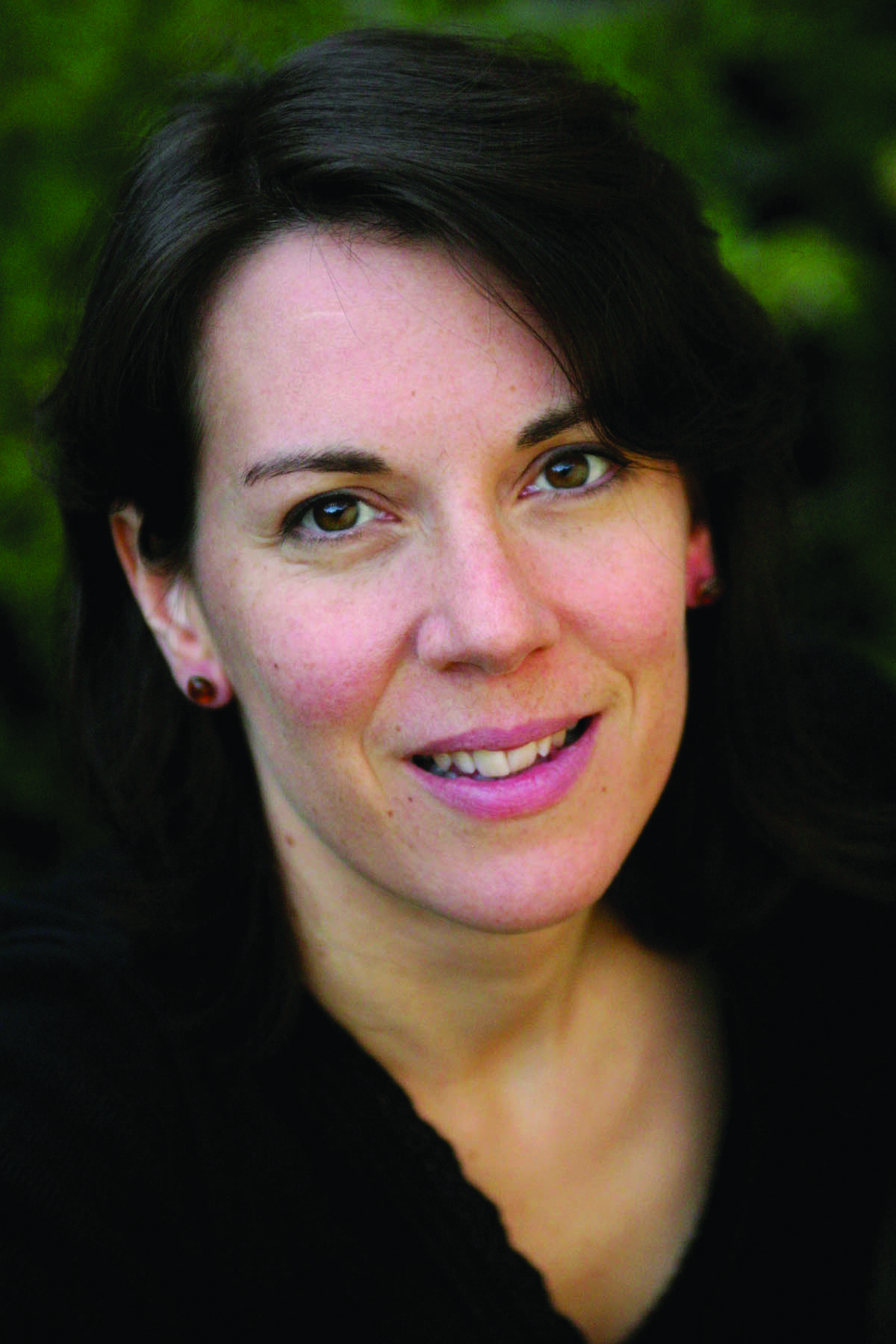The elegant streets of Charlottenburg, a district in the German capital Berlin, include several grand properties once owned by one of the city’s wealthiest families. Among them is an enormous four-storey building, with sleek marble floors and a cream-white façade. The House at Number 48, a new series available on Radio 4 and BBC Sounds, retraces the journey of London film-maker Antony Easton as he discovered his links with this building via the contents of a suitcase that belonged to his late father, Peter Roderick Easton.
Antony says that he always felt there was something different about his dad while he was growing up. “He had a slight accent. My friends would ask him, ‘Where are you from?’, and he’d bridle at that.” Peter always had a brown leather suitcase full of documents with him, too. “There was a cloud around my dad. There was a darkness in his world.”
Peter had a successful career in travel PR, and ran for Parliament as a Liberal candidate. However, Antony says, “I eventually discovered he was born with one name and died with another.
“When I was about 10, a big wooden trunk showed up in our house. It contained crockery and a few other things wrapped up in German newspapers with pictures of goose-stepping Nazis in them. I had a sort of slow dawning of realisation that he was actually from somewhere else.” Antony knew that there was a big secret of some kind. “Relatives didn’t talk about it, but there were quiet conversations in German.”
As the years passed, Antony grew more curious about his father’s origins. “In 1997, when he was 71, I went to Berlin with him, to the house he grew up in and to the site of the country house the family had owned 20 miles outside the city.”
In 2009, Peter died suddenly. Now charged with sorting out his affairs, Antony could finally open the precious suitcase. It contained a large quantity of documents: letters, medals, photographs, newspaper clippings, German bank notes, handwritten journals and a faded, two-foot-long family tree. “They were like clues, taking us along a path,” Antony recalls.
A birth certificate revealed his father’s original name: Peter Hans Rudolf Eisner. Much of the paperwork was in German, which Antony couldn’t understand. “There was some legal stuff that my dad was involved in – issues that were open-ended from the Second World War, and I had to then get involved.”
Around this time, Marianne Forster, who’d been Antony’s nanny, sent her condolences. She spoke German, and offered to help. A few days after she’d looked through his dad’s paperwork she emailed a photograph she found of a painting, Hans Baluschek’s Eisenwalzwerk. This powerful image (pictured above) depicts the inside of a steelworks.
“That painting was a complete door-opener to everything else. The whole story of my father’s family, my family, is in that painting: the achievement and the loss,” says Antony.
Bit by bit, with help from German genealogist Andrea Enderlein-Schulz among others, he began to piece together his dad’s story. The family tree in the suitcase helped him search the internet for clues about his Eisner ancestors, including his grandfather Rudolf (1888–1946) and Heinrich (1850–1918), his great grandfather – who’d commissioned the painting.
Andrea tracked down obituaries for Heinrich. He’d headed one of the biggest businesses in Germany, with interests across Europe. The Eisners were billionaires several times over, and philanthropists who enjoyed opera, theatre and art.
Heinrich’s tomb in Berlin is a large, Palladian-style affair. Visiting it for the series, Antony muses, “Heinrich is ground zero. It really begs the question: what happened?”
Just before the Second World War broke out, Rudolf took his young family to London. They’d had a lucky escape, but the German government prevented them from bringing over 98 per cent of their wealth with them.
Antony approached the museum that now owned Eisenwalzwerk. “They told me the address of the dealer. Later, a researcher learnt that the house at that address had been owned by my great grandmother.” It was the house at number 48.
Antony had a good idea how the painting had found its way to the museum – he just had to prove it…
“Recently I found this brilliant researcher, Yana Slavova, who’s fluent in German and English.” Yana managed to access German archives that Antony was unable to, spotting one very interesting record. “She took pictures of it on her phone. That document was explosive.” Antony believes it reveals exactly what happened to his great grandmother’s painting.
“Things snowballed after that. The Commission for Looted Art in Europe found another painting that had belonged to my great uncle in a museum in Israel. Bought by Hitler, it ended up in a salt mine and was recovered. There are lots and lots of others too.”
Much of Antony’s time since then has been taken up with the red tape relating to his family’s stolen art, with more about the Eisners’ fascinating story coming to light in the process.
And when Eisenwalzwerk, the painting that started it all, is finally on his wall? “I will have a tremendous sense of satisfaction. I’ll remember all those family members who I didn’t know.
“There have been two types of loss here, and two types of restitution. One is to do with money and property and possessions. And the other with people and families and relationships.”
The History Podcast: The House at Number 48 is airing now on BBC Radio 4 and is available on BBC Sounds

